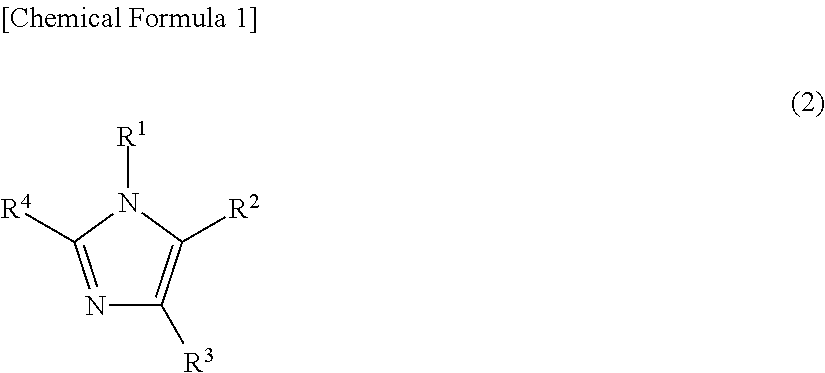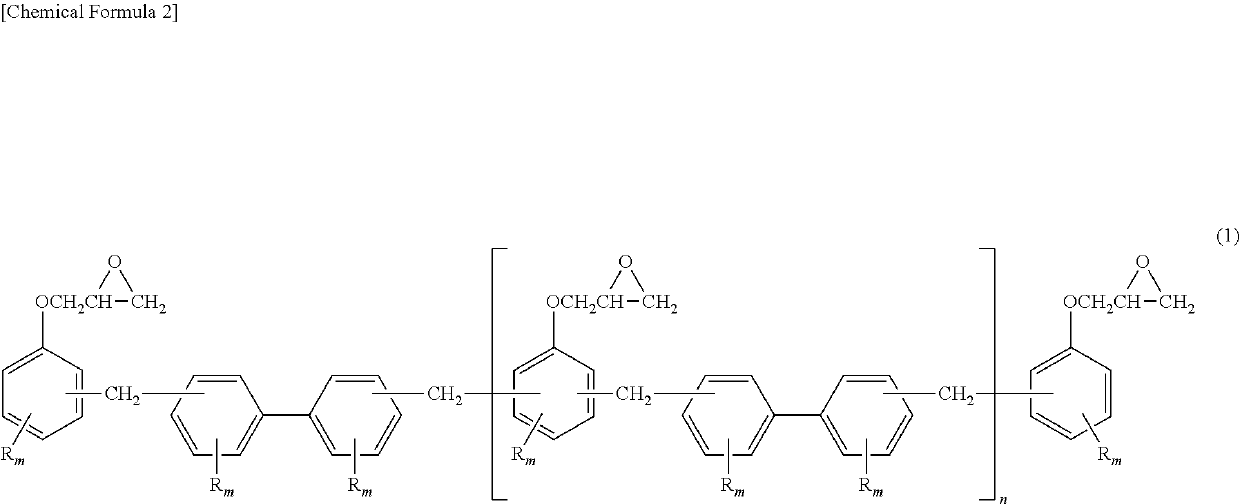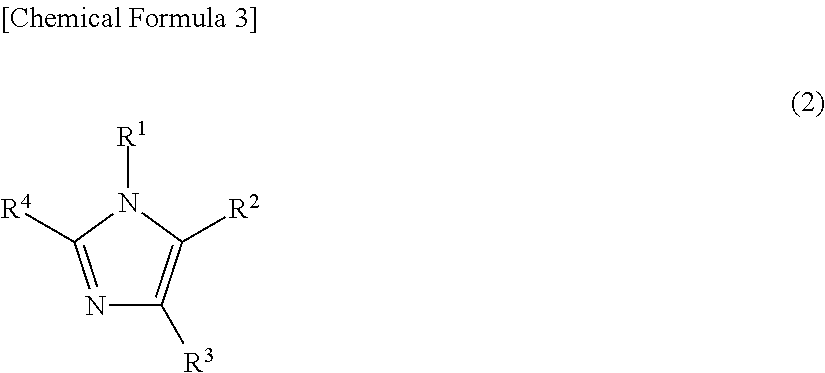Fuel cell separator
a fuel cell and separator technology, applied in the direction of fuel cells, electrical equipment, electrochemical generators, etc., can solve the problems of fuel cell output decline, cracking and breakage, and performance decline, and achieves good heat dissipation performance, and good heat dissipation
- Summary
- Abstract
- Description
- Claims
- Application Information
AI Technical Summary
Benefits of technology
Problems solved by technology
Method used
Image
Examples
examples
[0059]Examples of the invention and Comparative Examples are given below by way of illustration and not by way of limitation.
[0060]Measurements and evaluations of various physical values and characteristics were carried out by the following methods.
[ICI Viscosity]
[0061]The ICI viscosity was measured at a plate temperature of 150° C. using an ICI cone and plate viscometer from Codex Corp.
[Mean Particle Size d50]
[0062]The mean particle size was measured using a particle size analyzer (Microtrac MT3000, from Nikkiso Co., Ltd.).
[Thickness Variation]
[0063]The separator thickness was measured at 20 points on each separator with a micrometer (Digimatic PMU150-25DM, from Mitutoyo Corporation), and the average thickness was determined. The variation in thickness was calculated from the following formula.
Thickness variation (%)=[(maximum thickness−minimum thickness) / average thickness]×100
[Glass Transition Point]
[0064]Using a thermal analyzer (TMA 6100, from Seiko Instruments Inc.), measuremen...
working examples 1 to 4
, Comparative Examples 1 to 5
[0073]In each Example, a fuel cell separator composition was prepared by charging the following ingredients in the amounts shown in Table 1 into a Henschel mixer and mixing them together for 3 minutes at 500 rpm: synthetic graphite powder as the graphite powder, biphenyl novolak-type epoxy resin as the base resin of the epoxy resin, novolak-type phenolic resin as the curing agent of the epoxy resin, 2-phenylimidazole as the curing accelerator, and carnauba wax as the internal mold release agent.
[0074]The resulting composition was poured into a 200×200×2 mm mold for fuel cell separator production and compression-molded at a mold temperature of 185° C., a molding pressure of 30 MPa and a molding time of 30 seconds to give a fuel cell separator.
PUM
| Property | Measurement | Unit |
|---|---|---|
| ICI viscosity | aaaaa | aaaaa |
| dispersity | aaaaa | aaaaa |
| mean particle size d50 | aaaaa | aaaaa |
Abstract
Description
Claims
Application Information
 Login to View More
Login to View More - R&D
- Intellectual Property
- Life Sciences
- Materials
- Tech Scout
- Unparalleled Data Quality
- Higher Quality Content
- 60% Fewer Hallucinations
Browse by: Latest US Patents, China's latest patents, Technical Efficacy Thesaurus, Application Domain, Technology Topic, Popular Technical Reports.
© 2025 PatSnap. All rights reserved.Legal|Privacy policy|Modern Slavery Act Transparency Statement|Sitemap|About US| Contact US: help@patsnap.com



